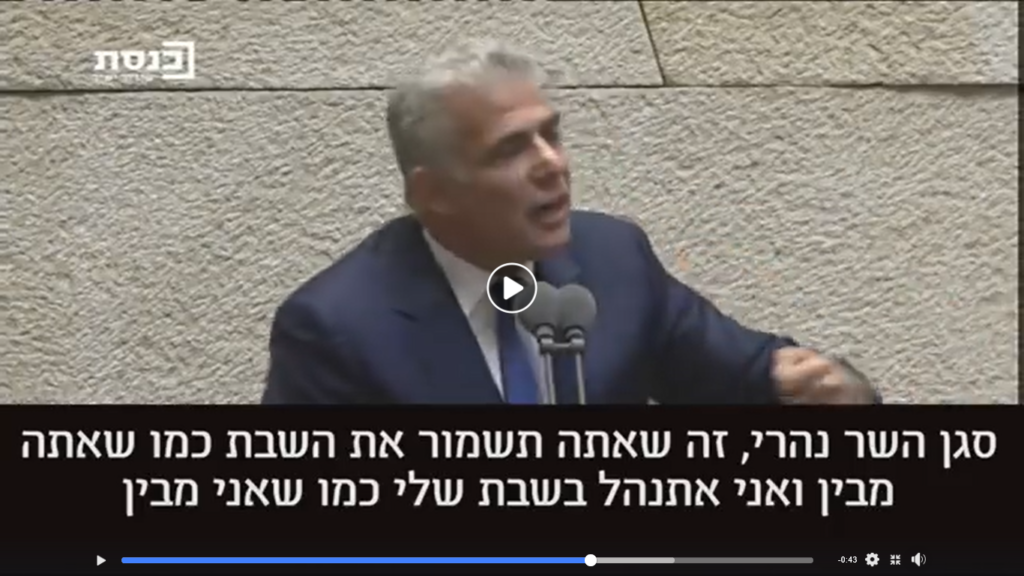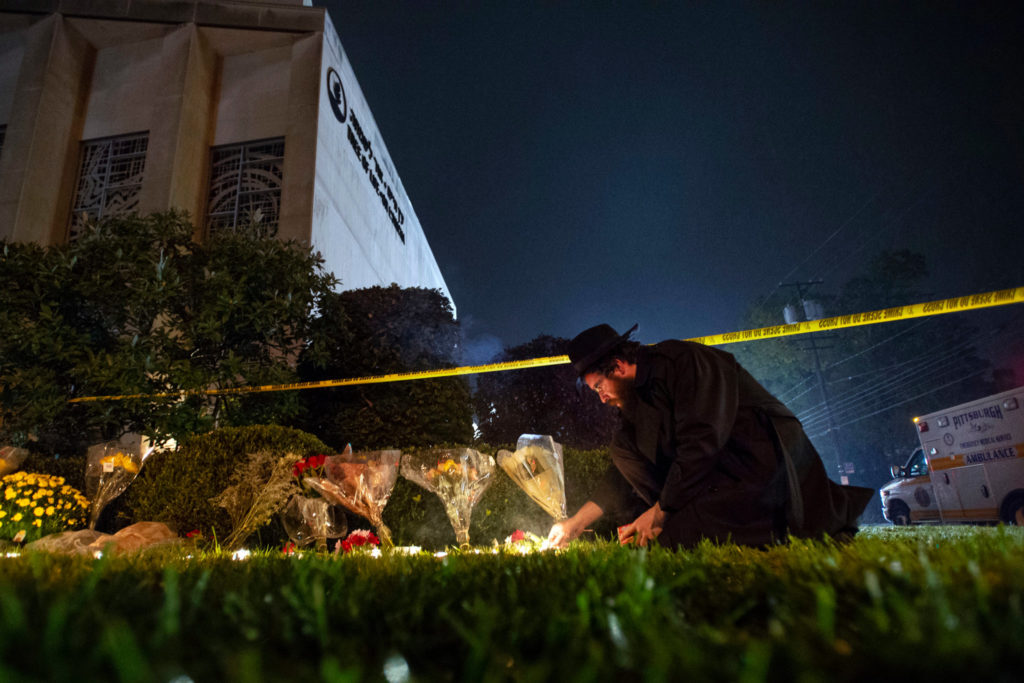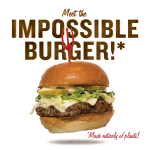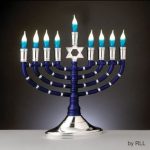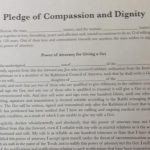
(The first installment of an occasional series)
We read in Shulḥan Arukh Yore De`ah 336:3:
מי שיש לו סמנים, וחבירו חולה וצריך להם, אסור לו להעלות בדמיהם יותר מן הראוי
ולא עוד, אלא אפילו פסקו לו בדמיהם הרבה, מפני צורך השעה שלא מצאו סמנין אלא בידו, אין לו אלא דמיהן
(a) One who possesses medications that a sick person needs is forbidden to raise the price of those medications beyond their fair market value.[1]
(b) Moreover, even if the buyer has contracted to pay an exorbitant price for those medications – for the need is pressing and this seller is the only source for them – the seller is legally entitled only to their fair market price.
Our question: how does this text yield its meaning to us? Better: if there is more than one way to read a text of halakhah, how do we know which of those approaches is “right,” “correct,” or the most legitimate?
Taken on its face, considered according to its words alone, our text reads like a clarion call for social justice. Its first clause establishes an isur, a legal prohibition against price-gouging for vital medications, and its second clause puts some teeth into that rule: should the patient, out of desperation and for lack of an alternative, agree to pay the seller an inflated price for the drugs, a Jewish court (beit din) will refuse to enforce that otherwise legally binding contract. In this reading, the institutions of government, represented here by the beit din,[2] bear the positive duty to protect the community against economic injustice in the area of medical care, a duty that overrides the court’s normal function of enforcing the law of contract. And from this positive duty, we might reasonably infer that those institutions have a broader responsibility to see to it that vital medical care is not denied to those in need due to their inability to pay. That is, when even the fair market price for drugs and medical services[3] places a potentially crushing burden upon individuals and families – who like the patient in our text can be understood as desperate and lacking an alternative – our passage suggests that the institutions of government must intervene to right the wrong being done by the workings of the marketplace.
But it’s also possible to read this text not according to its words alone but in light of its context, that is, its legal and historical origins. The passage is taken almost verbatim from the 13th-century halakhic work Torat Ha’adam, composed by Rabbi Moshe ben Naḥman, otherwise known as Ramban or Naḥmanides.[4] And in that text – and unlike the Shulḥan Arukh – Ramban gives a reason for the beit din‘s refusal to enforce this contract. The buyer, he tells us, can always claim that “I was joking with you,” that he never seriously intended to pay the exorbitant price demanded for the medications and “agreed” to do so only in order to induce the seller to part with them.[5] This reading supports a very different conclusion from our first interpretation. Here, the legal justification for the court’s refusal to enforce is not the positive duty to secure economic justice but a much narrower negative duty that emanates from the realm of private law: namely, the court will not enforce a contract that does not represent the true intent of both parties. But from this limited rationale, it follows that should the desperate patient actually pay the seller for the drugs, then he can no longer claim “I was only joking with you,” and the beit din would have no grounds on which to intervene into the affairs of two private individuals. Which, indeed, is the conclusion drawn by R. Yosef Caro in his discussion of this rule in his compendium Beit Yosef: “once the patient has paid, he cannot recover (the overcharge) in court.”[6] And since Caro is also the author of the Shulḥan Arukh, his comment suggests that we have to read our text according to this narrower interpretation.
Yet the fact is that in the Shulḥan Arukh Caro does not mention Ramban’s rationale. He renders the halakhah in precisely the form as stated at the outset of this post, a form that allows for a broader reading that implies the government’s positive duty to protect the public against unconscionable healthcare costs.
So let’s restate the question. Are we permitted to read the p’sak of the Shulḥan Arukh according to its words alone, in isolation from its literary and historical context? If so, those words can support an interpretation that has broad implications for economic policy and social justice. Or is what we may correctly learn from a text restricted by its literary and historical origins? If that is the case, we must read this ruling according to Ramban’s rationale: it applies only to private contracts and says next to nothing about the positive duty of governments to intervene in the medical marketplace in order to insure that medical care is available to all at an accessible price.
Let’s acknowledge that there isn’t one correct answer to our question, at least not an answer that will persuade everybody.[7] But the very phrase “progressive halakhah” should indicate our own approach. So long as a text can plausibly be read in more than one way, we have a choice as to which interpretation to adopt. Why then would we not choose that interpretation which accords with the liberal values that best reflect the Torah’s call for justice and compassion? In this case, we would be inclined to read the ruling of the Shulḥan Arukh as its own self-standing p’sak (decision), precisely because that reading supports an outcome that makes for fairness not just for the individual but for the community as a whole. True, that reading separates the ruling from its historical source, from Ramban’s original justification of it. But since we are doing halakhah and not history, it is appropriate to ask: why must a text of halakhah be understood precisely as it was understood by its author and by those for whom he first wrote it? Why would the texts of Torah be incapable of expanding beyond their origins so as to speak to all generations?
_______________________________________________________________
[1] As the text indicates by the phrase להעלות בדמיהם יותר מן הראוי, which translates literally as “to charge a higher price than is appropriate.” Thus, in the concluding phrase אין לו אלא דמיהן – “(the seller) is legally entitled only to their price” – the word “price” means the appropriate price of the drugs. The “appropriate” price of commodities is determined by the workings of the marketplace; see M. Bava Metzi`a 4:3ff.
[2] The beit din in Jewish history has exercised legislative, executive, and regulatory powers alongside specifically judicial ones.
[3] It isn’t altogether certain that “additional medical services” includes the physician’s fee; according to some authorities, that fee is exempt from the “fair market price” rule described above. More about this in a future post.
[4] Sefer Torat Ha’adam, sha`ar hamiḥush, inyan hasakanah (ed. H. Chavel, Jerusalem, 1964, pp. 44-45). See Beit Yosef to Tur, Yore De’ah 336, s.v. mi she yesh lo simamanin.
[5] Ramban relies here upon B. Y’vamot 106a, משטה אני בך.
[6] Beit Yosef to Tur (Yore De`ah 336). He bases his conclusion upon Sefer HaMordekhai (Y’vamot, ch. 24) and Rashba (Responsa 1: 1246).
[7] In a similar way, lawyers and students of American constitutional theory debate whether the text of the U.S. Constitution should be read narrowly or broadly, whether it must be interpreted according to the “original intent” of its framers/adopters or whether, as a “living constitution,” its meaning may change over time to keep pace with the habits and values of contemporary society. That debate shows no sign of being resolved anytime soon. Perhaps we can call it a maḥloket l’shem shamayim (a dispute for the sake of Heaven)?
